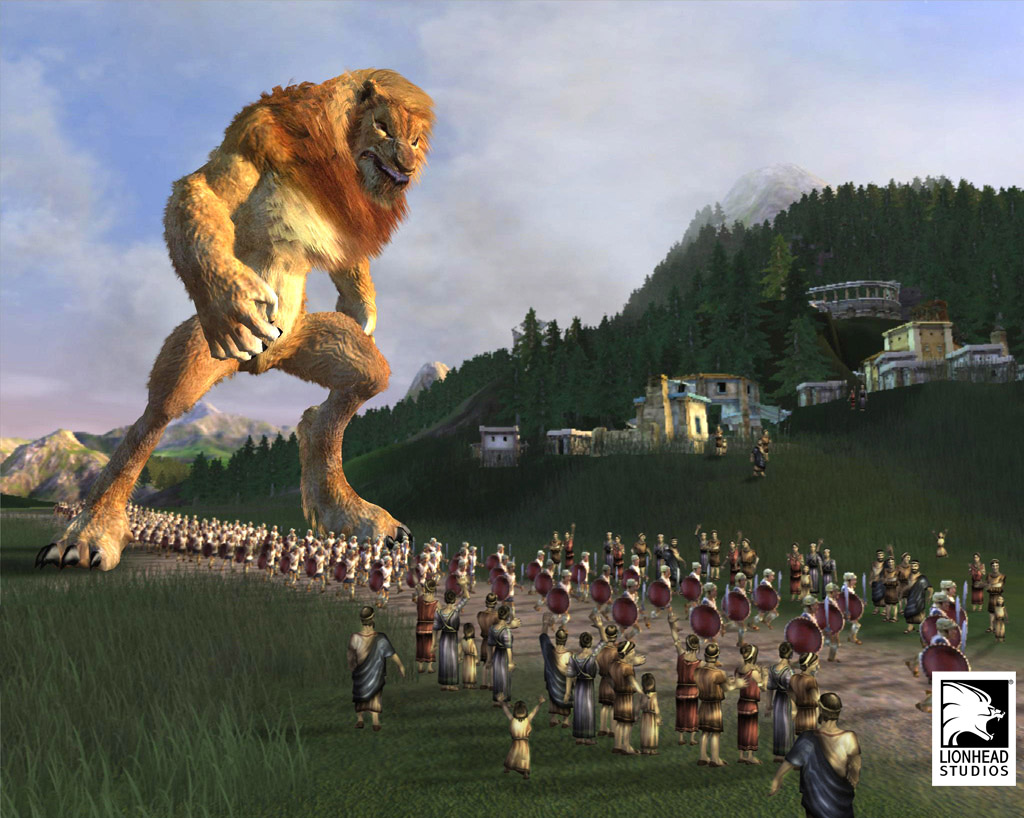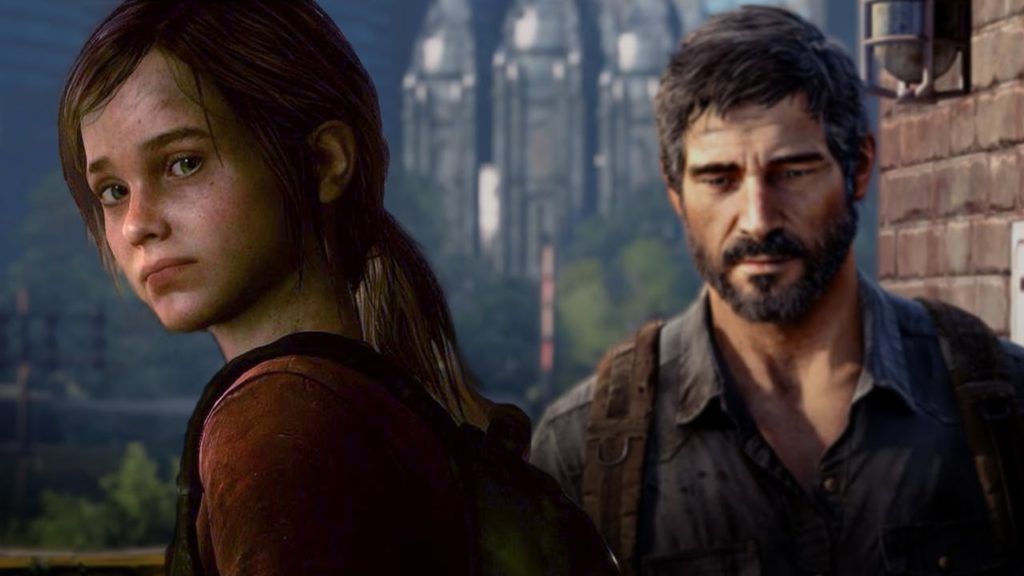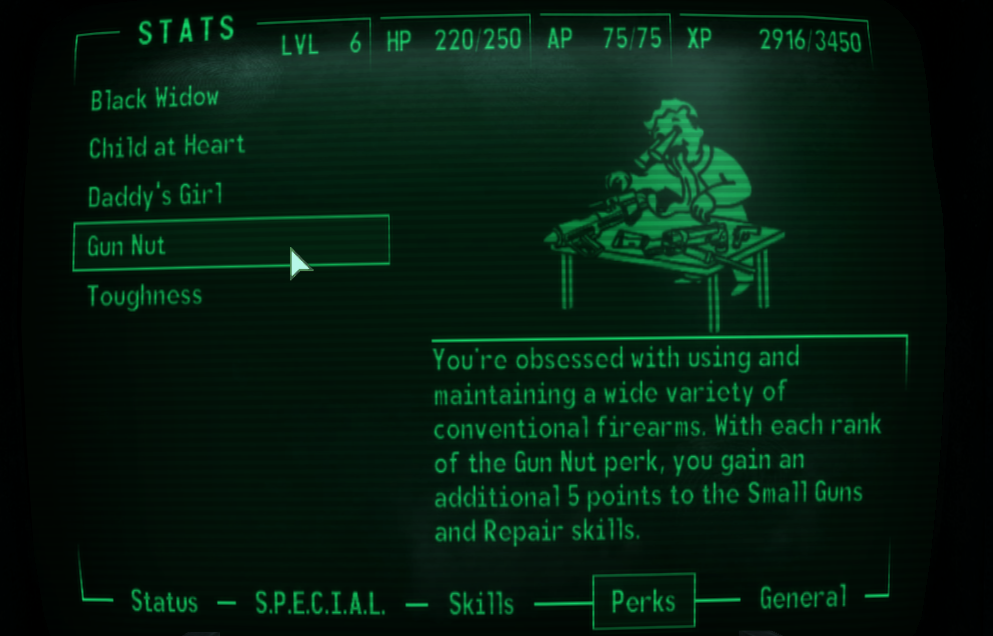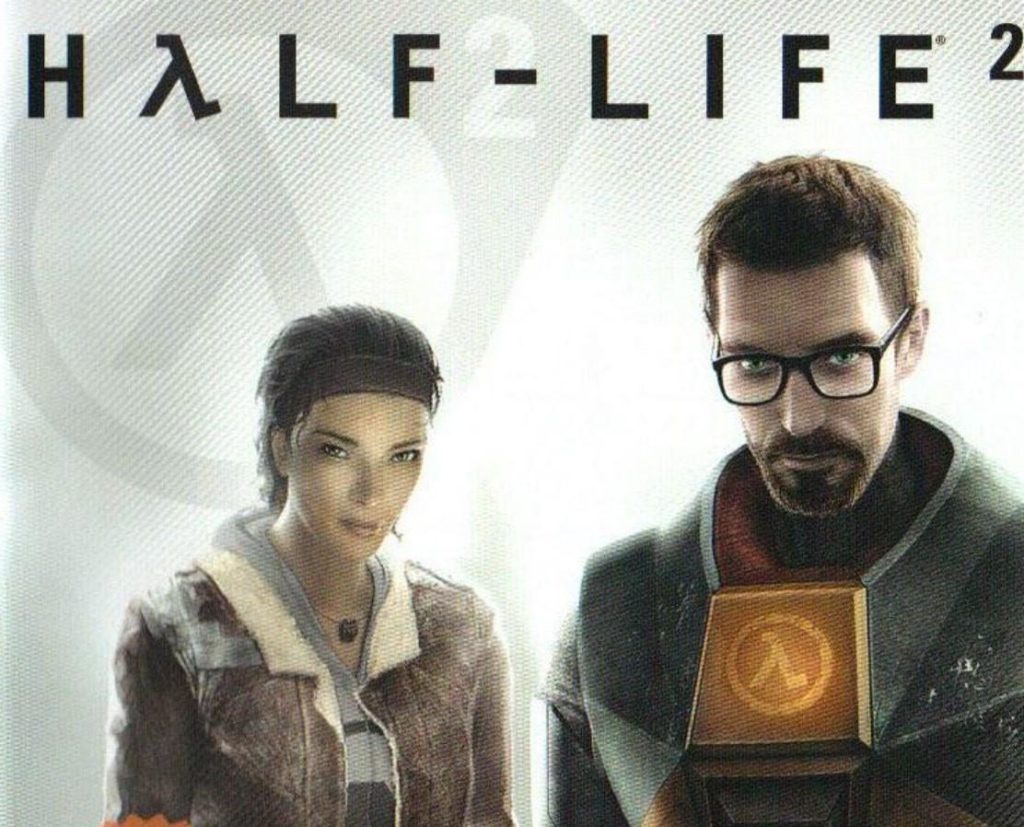As established in Janet Murray’s seminal book Hamlet on the Holodeck, transformation is a fundamental aesthetic quality of interactive narratives with the potential to change a user’s thinking and behavior. As game developers, we can use the related concepts of avatars, narrative perspective and role-playing to facilitate players’ experiences of transformation in intentional ways.
Avatars

The term avatar originates from Hinduism. It literally means a god descending from the heavens to inhabit some earthly form.
In games, avatars represent the characters we control as players. The metaphor affords players a lot of power! (Though perhaps it’s actually the programmers who have true omnipotent power over games… 🤔)
As storytellers we can frame the experience of a narrative by choosing who the narrator is, and in interactive media such as video games this often translates to our handling of the player character or avatar.

Role-playing vs min-maxing
As gamers, we are familiar with the RPG (Role-playing game) genre. How would we characterize that genre? What are its hallmarks? I would suggest that story-richness and numeric character stat progression (i.e., XP gains and leveling up) have become the signature elements of the RPG video game genre. But strangely, these elements don’t always lend themselves to the notion of playing a role, as the genre’s name implies. What does it mean to play a role in an interactive narrative experience and what game features do facilitate this more literal role-playing? Considering the differences between Japanese (e.g. Final Fantasy) and Western style RPGs (e.g. Dungeons and Dragons) illuminates different approaches.
Who is the player character? Are we playing as though our actual selves have been transported into the game world? Are we playing the role of a character that the game developers have already defined for us? Are we playing as an original character that we, as players, conceived of? Or are we playing the role the way we imagine an existing character from some other narrative world would act? How much freedom do we have to define the role? What tools help us explore and play out these roles? Do you find it hard to role-play in any or all of these categories? Why and what might help you transform deeper into the alternative role?
I remember playing Fallout 3 as a gunslinger based on Charles Bronson’s character from Deathwish 3, and another playthrough based on Freddy Kreuger. I was impressed by how these varied characters could be realized not just cosmetically, but also in gameplay through stats, abilities, weapons, and narrative choices. Suddenly I was making decisions based on how I believed these characters would act as opposed to choosing based on what would make my character more powerful. I may not have been that creative using these pre-established characters from other media but I felt like I was much closer to actual role-playing than my usual RPG playthroughs. This new character-based inner logic guiding my gameplay choices helped me feel more immersed in the experience.

Narrative and game camera perspective
Narrative perspective impacts transformation, role-playing, and how we perceive avatars. Some game characters are presented as blank slates. First-person perspective helps with this, as we don’t see any character art and are free to imagine how the character might look and what they think (and what they do). This approach often involves no speaking lines for the player character, again allowing the player to imagine what they might say or how they might sound. When embracing this approach, it is also helpful to let the player name the character and choose their own pronouns, or alternatively, use gender ambiguous pronouns and names for the player character. Avoiding cutscenes and sequences that take control away from the player can help players feel immersed in the role of a blank slate player character as well.
An alternative approach is to strongly define a character for the player and allow the player to simply pilot the character through the game world. Often these games feature more strongly authored stories as opposed to inviting player-created narratives. They commonly use third-person camera perspective to specifically illustrate how the player character appears. Cutscenes and other sequences that take control away from the player are more common here. This type of storytelling in games can risk feeling divided into distinct gameplay and narrative sections instead of a seamless interactive narrative experience.

In the literary tradition, narrative perspective is typically discerned based on how the writing handles pronouns. “I” = first-person; “you” = second-person, “he/she/they” = third-person.
In video games, we typically consider the camera perspective as the telltale signifier of perspective. But it’s worth considering that there might be discrepancy between camera and narrative perspective, such as a game featuring a third-person camera perspective but a more first-person narrative style. For example, many western-style RPGs (e.g. World of Warcraft; D&D inspired games) invite the player to create their character from scratch and role-play in the first person while using a third-person camera style to portray the character and world. Some games use a first-person perspective but provide strongly defined characters for the player to pilot rather than imagine for themselves (e.g. Half-Life: Alyx). Other RPG games, like the Elder Scrolls series, allow the player to toggle between first and third-person camera perspectives. In a clever sequence, the indie horror game Undiscovered transitions from third-person to first-person at one point during gameplay, playing with how we perceive roles.
Putting it all together
This article covers a variety of narrative techniques related to how players experience narrative content and transformation in games. It’s critical to understand and consider how the formal narrative choices you employ impact players’ experiences with your game. Different gamers have different tastes and it may not make sense to attempt to please everyone. Each of these narrative approaches have associated strengths and challenges and there’s room to creatively blend different methods of storytelling to evoke specific impacts.